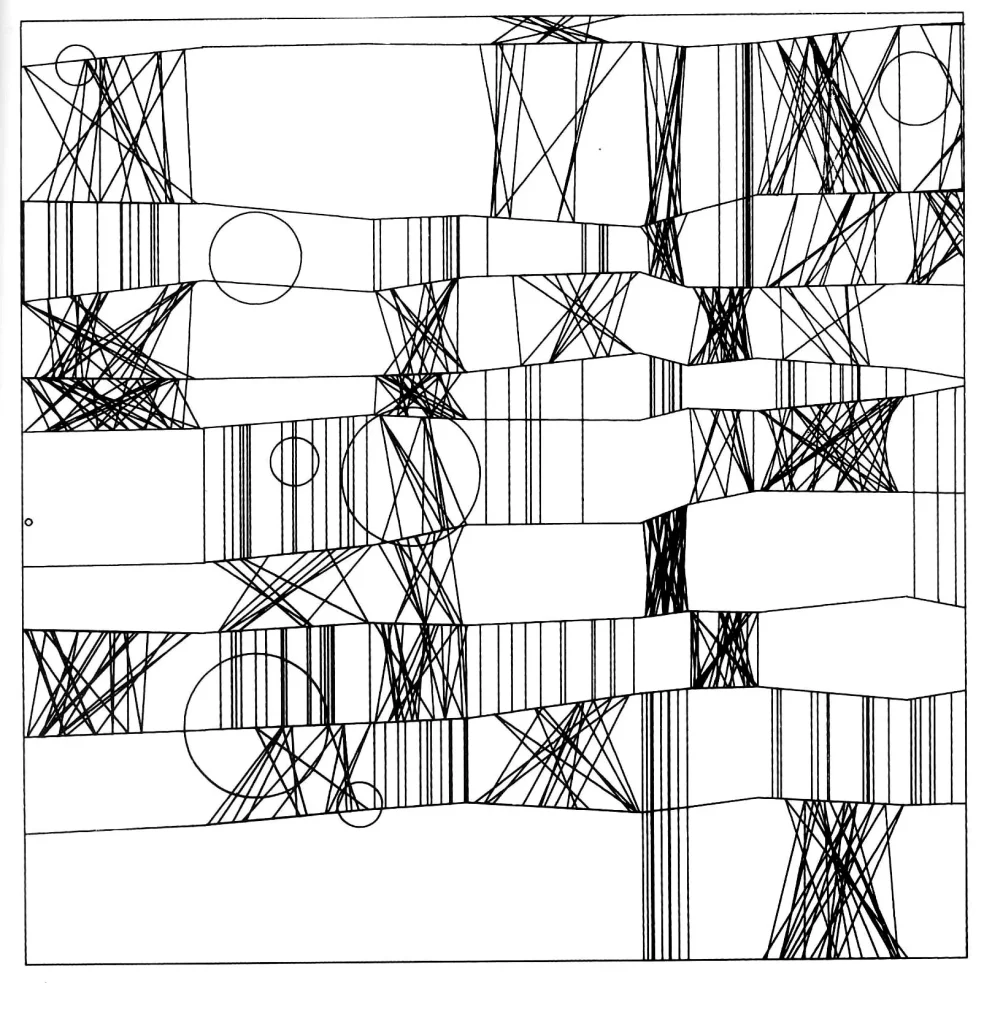
Change is always going to happen. Digital art has evolved from Frieder Nake’s first work on a computer in the 1960s to artists making NFT collections and selling them for millions.
If you’re someone who has been paying attention to art history or has been a student of art history, you’ve seen how it has changed over time.
From abstract expressionism by Jackson Pollock to Bauhaus, a German experimental pedagogy that focused on function and materials, there have been a lot of important moments in art that have led to new trends.
Today, NFTs are also part of it.
Art that is made with technology is a lot easier to see and understand because it comes in the form of images like images from video games, movies, graphics, illustrations, and digital paintings.
While the classics may never be replaced, it’s still true that paintings and photos in galleries aren’t accessible to people who can’t afford them or live in a certain place.
As a result, the philosophy of digital art was once only used to talk about surrealism, romanticism, and performance art. Today, the philosophy of digital art is used to talk about video games and, of course, NFTs.
There was a piece of digital art made by Frieder Nake in the 1960s. He used math and his skills as an artist to make something that looked great and was the first evidence that humans and computers could work together.
When Massaico did his first one-point-perspective piece and Jackson Pollock did his work in abstract expressionism, this was a big deal.
In the past, Nake’s work set the stage for other artists, from Leon Harmon and Kenneth C. Knowlton’s photo mosaics to digital storyboarding for films by Craig Mullins, who used this method.
Early work by Mike Winkelmann or Beeple would not have led to their success in the NFT space. Without this work, there would not have been a movement.
There were many artists and musicians who joined the gold rush because of the $69 million success. Even painters and illustrators wanted to be part of the rush.
Because of this rush, NFTs became a $40 billion business in 2021, making them a big business.
If you own an NFT, it’s almost like having a badge of honor. That’s why more and more people are trying to get on a list to get the newest drops.
People who use platforms like AOI (Art on the Internet) get passes so they can get in to new giveaways in the space. This way, they can get in.
One of AOI’s passes, called the WHITELIST pass, gives away 10,000 passes for a million giveaways, and the artists and creators on their list are very rare.
AOI isn’t just a middleman for members who want to get their hands on rare collectibles. The platform gives buyers the chance to work with the artist, gives them early access to minting, and has built a community for art lovers and artists.
Because the internet now has the technology to make it happen, more and more people want to get on board and have a real connection to the art and the person who made it. This isn’t a surprise.
People who are members of AOI can get passes to giveaways. AOI is also going to have its own NFT launch with Jake Fried.
Fried’s collection, the Night Vision Series, is a 1/11440 piece series that shows and documents how he makes art by „destroying“ things.
A look inside Fried’s process of making his collection over the course of 8 months, which involved making new animation frames and destroying old animation frames.
Digital art can be interactive, but it can’t be seen or touched.
When Fried makes his work, it is both tangible and intangible because it is made by hand, but it can only be fully appreciated in a digital world.
AOI’s own website will show his work, and the frames can be bought as separate pieces.
For example, people who join the Jake Fried Collector’s Club will also get access to the Jake Fried Collector’s Club, which shows that art in the digital world is easier to find and allows for more open discussion and collaboration.
Those who are strict about art might not like this new trend. But in the end, art is about making people feel something.
The rich and affluent with a background in art can now see, own, and enjoy what has been locked and preserved for them.
Digital art has broken down the walls of art, which is how it was meant to be.
They do this not only by making it easy for artists to share their ideas with the world, but also by connecting them to art-lovers in a natural way. Platforms like AOI do this.
Disclaimer: This article is provided for informational purposes only. It is not offered or intended to be used as legal, tax, investment, financial, or other advice.























